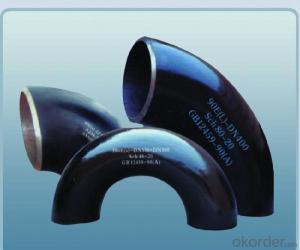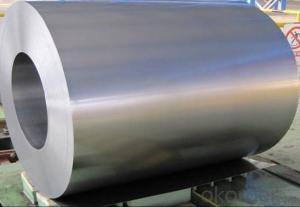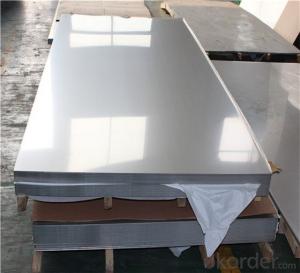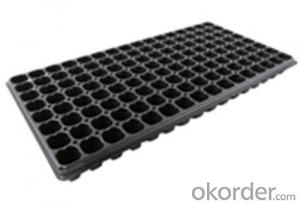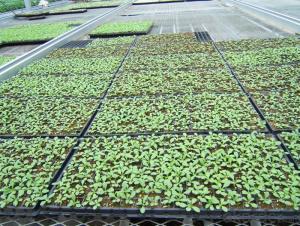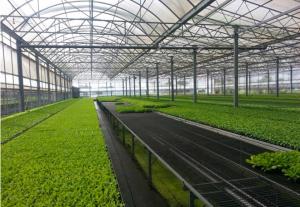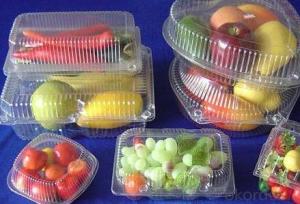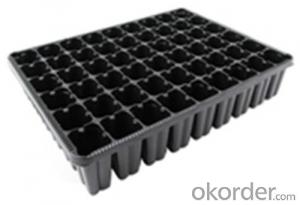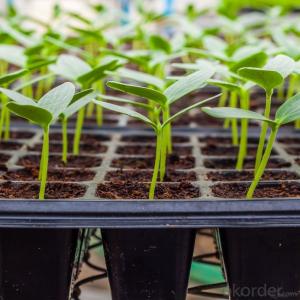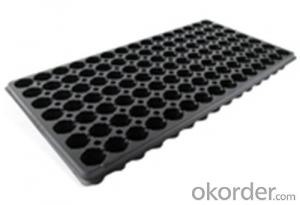Stainless Steel Tote
Stainless Steel Tote Related Searches
Best Paint For Stainless Steel Blanket Insulation For Steel Buildings Primer For Galvanized Steel Foam Filter For Stainless Steel H S Code For Stainless Steel Surface Grinding Wheels For Stainless Steel Surface Grinding Wheels For Hardened Steel Hole Saw For Stainless Steel Paint For Stainless Steel Stainless Steel For BbqHot Searches
Steel Mesh Panels For Sale Price For Stainless Steel Scrap Scrap Price For Stainless Steel Price For Stainless Steel Stainless Steel Tank For Sale Stainless Steel Sheets For Sale Cheap High Tea Sets For Sale Stainless Steel Tanks For Sale Stainless Steel For Sale High Density Fiberboard For Sale Solar Hot Water Collectors For Sale Scaffolding For Sale In Uae Scaffolding For Sale In Ireland Scaffolding For Sale In Houston Type Of Inverter For Solar Price Of Shipping Containers For Sale Types Of Inverter For Solar Stock Price For Aluminum Used Solar Inverter For Sale Steel Mesh Panels For SaleStainless Steel Tote Supplier & Manufacturer from China
Okorder.com is a professional Stainless Steel Tote supplier & manufacturer, offers integrated one-stop services including real-time quoting and online cargo tracking. We are funded by CNBM Group, a Fortune 500 enterprise and the largest Stainless Steel Tote firm in China.Hot Products
FAQ
- To prepare the soil for planting ground cover, start by removing any weeds or existing vegetation from the area. Next, loosen and aerate the soil using a garden fork or tiller. This will promote better drainage and root growth. If the soil is compacted, consider adding organic matter like compost or well-rotted manure to improve its structure and fertility. Afterward, level the soil surface and ensure it is free of rocks or debris. Finally, water the area thoroughly to moisten the soil before planting the ground cover.
- Yes, ground cover plants can be used to prevent soil erosion on riverbanks. These plants have extensive root systems that help stabilize the soil, reduce water runoff, and hold the soil in place. Additionally, their dense foliage provides a protective layer that helps to absorb the impact of raindrops and minimize erosion caused by wind. Overall, ground cover plants play a crucial role in reducing soil erosion and maintaining the stability of riverbanks.
- One way to control ground cover from spreading into driveways or walkways is by installing edging or borders. These can be made of materials like metal, plastic, or stone, and they create a physical barrier that prevents the ground cover from encroaching onto the paved surfaces. Additionally, regularly trimming or pruning the ground cover along the edges of the driveway or walkway can help keep it in check and prevent it from spreading.
- Yes, nursery trays can be suitable for starting air plants. Air plants do not require soil and can be grown in various containers, including nursery trays. These trays provide a convenient and easily manageable space for the initial growth of air plants, allowing them to establish their roots and absorb moisture from misting or soaking. However, it's important to ensure proper drainage and ventilation to prevent waterlogging, as air plants need good air circulation to thrive.
- Yes, nursery trays can be used for lavender propagation. Lavender cuttings can be placed in nursery trays filled with a well-draining, sterile growing medium. The trays provide a controlled environment for the cuttings to develop roots and establish before being transplanted into larger pots or the ground.
- Yes, nursery trays are suitable for growing herbs. They provide a convenient and organized way to start herb seeds and allow for easy transplanting once the seedlings have grown. The trays also help in maintaining moisture levels and provide good drainage, which are essential for successful herb growth.
- Yes, nursery trays can be used for rose cuttings. These trays are typically designed with multiple compartments, allowing each rose cutting to be placed in its own space. This helps to provide optimal conditions for rooting and growth. Additionally, nursery trays are often made from materials that provide proper drainage and aeration, which are important factors for successful rose propagation.























